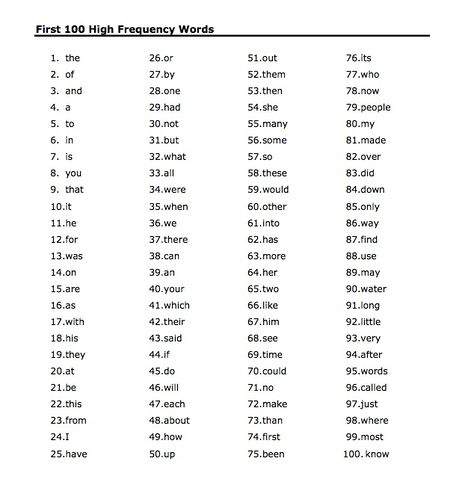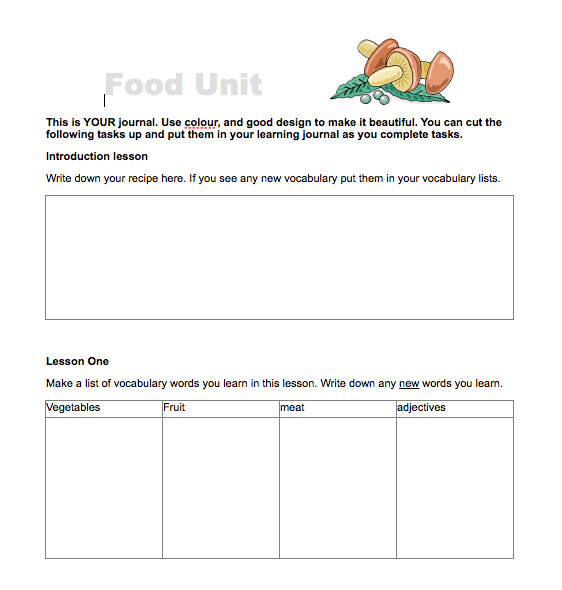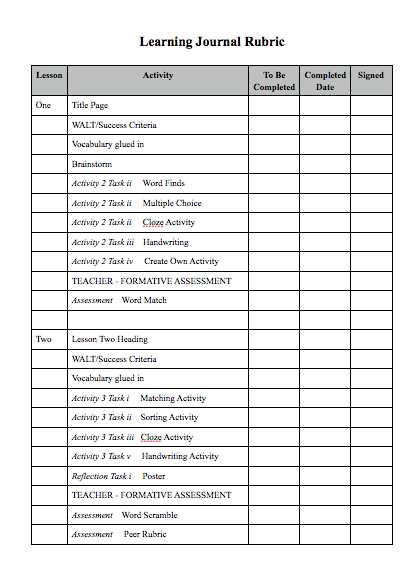Teachers Page
Contents
[hide]Teacher Brief
The teacher's notes for this course of work are on this page as an introduction to the course, but there are also detailed notes on each aspect of the course starting from this page and running through the lessons from lesson one to lesson six. Please use the notes as a guide to conduct lessons for this course and please feel free to adapt the learning materials (and recommended class time) to you own situation.
Target Learners
The audience is nine and ten year old students learning English as a second language. It is assumed that they have a rudimentary understand of vocabulary and sentence structure in English and can function in a classroom setting (refer to the 100 words that are assumed to be known). It is also assumed that the students are computer literate in a basic way. They will be both male and female and come from a variety of cultures. The materials have been designed with the idea that the learners could be in a ICT resource rich school, or a school with limited ICT resources. This unit has been designed for local and global access by giving the options of having the materials solely used in the classroom or in a blended situation where students are using the online elements as well as face to face interaction. The materials are designed with the target audience in mind with colorful and fun graphics, and content aimed at engaging and motivating the students within this age group.
Teaching Objectives
The main learning objective for this project is to give elementary school children, who are learning English as a second language, the opportunity to learn a set amount of vocabulary and expressions and to use the vocabulary and expressions in a functional way in an authentic situation.
The topic for this course is food and shopping for food. At the top of each lesson in the wiki there are learning objectives, an explanation of what we are learning to do (WALT), and the Success Criteria for that lesson. These are clear learning goals for each lesson which align to the main learning objective of this unit. These are both in the teaching notes and the student pages but it is up to the teacher to clearly articulate these goals to the students in each lesson.
Pedagogical Framework
This course is built on a variety of learning theories. The summative assessments have elements of behaviorist theory in that they are trying to induce in the student, a modification of their learning by self analysis of observable outcomes. This is emphasized in their learning journal where the students are encouraged to analyze the results of their tests and if mistakes are made then mechanisms are put in place to ensure the students learn from their mistakes and can change their behaviour over time. This is in the form of the students having to record and analyze their learning. At the end of the course the students are encouraged to put their results in graph form where they can easily see their learning progress over time and get feedback from their teacher.
The ideas of repetition and building of conceptual ideas have elements of cognitive theory. The students are encouraged to go through a series of material that build up their ability to understand the material by creating a platform of learning at each stage. Once the students attain the information at each stage they can then go on to function at higher levels using the material they have acquired at previous stages.
The students also use constructivist and social constructivist ideas in their learning. The materials in this course lean heavily towards allowing the students to use the materials in authentic situations. By doing role-plays, presentations, and constructing their own learning materials they have a chance to build their own cognitive structures in learning the language. In respect to this the students can form a community of learners including teacher, peers and others who they have interactions with in their learning. The materials in this course are hands on, task oriented materials designed to engage the students in their learning. The nature of learning a language, being communicative , demands that students interact with others and use peers in their learning environment. As such, ample opportunities are afforded the students to interact with others in a learning community. The students are encouraged to work in pairs and groups to practice the language and also help each other in their learning journey through peer assessment.
Much of the material in this course is activity based with the students constructing knowledge and meaning by 'doing.' The students are encouraged to reach out to the material and then use the material in authentic situations. Through 'doing', the students can then retain the information and use it in a functional way.
Unit Structure
The course is divided up into six units of work with a set amount of vocabulary and expressions to be learnt in each unit. This will culminate in the sixth lesson with an activity designed for the students to practice the vocabulary and expressions in an authentic situation. At this time the teacher will be able to ascertain whether the students have achieved success in the learning goals. The students will work for 3-4 hours on the first five lessons building vocabulary and sentence structure as they go, with the final lesson (lesson six) giving them an opportunity to use all the expressions and vocabulary they have learnt. Each lesson is designed to incorporate the vocabulary and expressions from previous lessons. In this way the students build up their vocabulary and expressions and get an optimum chance to practice the language. A formula has been followed in creating this course which can be seen in each lesson as well as through the course as a whole. It is as follows:
1. Set the scene. Introduction of the unit, motivational activities followed by establishing pre-knowledge.
2. Acquisition of the target vocabulary and expressions.
3. Use of the target vocabulary and expressions.
4. Communication in the students' own way using the target vocabulary and expressions.
5. Evaluation of their work through reflective journal, peer and self assessment and formative/summative assessment. (Bond,2001)
Reference
Bond, T. (2001). Spice up research with SAUCE: A thinking way to use information and learn. Computers in NZ Schools, August, 23-28.
Subject/Curriculum Area
ESOL - English as a Second or Other Language.
Topic
Food and Food Shopping.
Type of Resource
Study Guide
Sector
Primary School.
Complexity
Each lesson has been designed to provide a range of activities to cater for varying abilities including beginner, upper beginner and with extension activities to pre-intermediate level. It is designed for classes with or without computers. The lessons can be done solely by the teacher in a classroom using the material provided in this wiki, or the teacher can use a blended approach where the students engage with some of the material online and also use some of the material offline, in the classroom.
Estimated Learner Time
The first five units of work are approximately 3-4 hours of classroom work with the sixth being about 4-5 hours of work. These are approximate due to the fact that each learning situation is different (class size, level of expertise, access to technology, length of classes in different schools etc). It is up to the teacher to ascertain the correct amount of time to allocate to each lesson. Approximate total time of 20-25 learning hours.
- Introduction activity 1 hour
- Lesson one 3-4 hours
- Lesson two 3-4 hours
- Lesson three 3-4 hours
- Lesson four 3-4 hours
- lesson five 3-4 hours
- Lesson six 4-5 hours
Preknowledge
Preknowledge
| High Frequency English words to evaluate student's readiness to participate in the following unit.
|
Use this list of High Frequency English words to assess your student's ability to work through the following lessons. An understanding and ability to pronounce 40% or higher will enable students to function successfully within this unit.
Assessment
The teacher gives the following sheets to the students to paste into a learning journal. The students will bring this journal to class and will periodically use the journal in class to self assess and get feedback from the teacher. This is to be completed and handed in at the end of the unit of work as part of their assessment. Also this will be a portfolio of sorts where the student deposits all work done and records all vocabulary learnt.
Copy of rubric to monitor progress and completion of Learning Journal activities: File:JournalRubric.pdf
Authors
This unit was created by five students of the Massey University Postgraduate Paper 186.760 (Instructional Design in E-Learning) submitted in October 2010.


